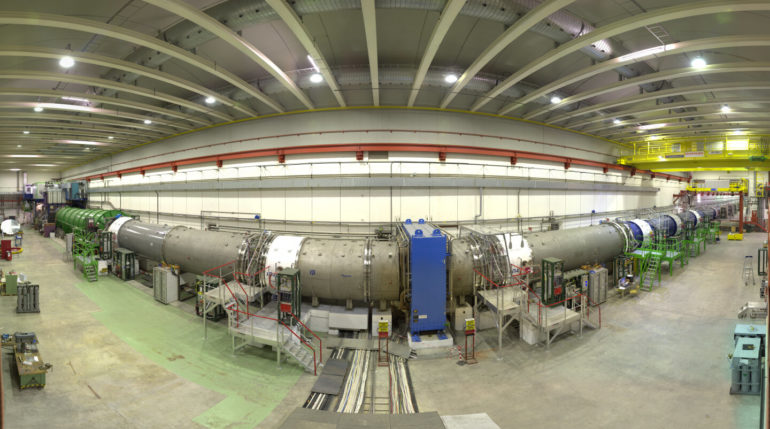Scientists at CERN have reported on their first significant evidence for a process predicted by theory, paving the way for searches for evidence of new physics in particle processes that could explain dark matter and other mysteries of the universe.
Today the CERN NA62 collaboration, which is part-funded by the UK’s Science and Technology Facilities Council (STFC) and involves a number of UK scientists, presented at the ICHEP 2020 conference in Prague the first significant experimental evidence for the ultra-rare decay of the charged kaon into a charged pion and two neutrinos, (i.e. K+ → π+νν).
The decay process is important in cutting-edge physics research because it is so sensitive to deviations from theoretical predictions. This means that it is one of the most interesting things to observe for physicists looking for evidence to supports alternative theoretical model in particle physics.
Professor Mark Thomson, particle physicist and Executive Chair of STFC, said that this was exciting progress because the result shows how precise measurements of this process could lead to new physics, beyond the Standard Model of particle physics developed in the 1970s:
“The Standard Model describes the fundamental forces and building blocks of the universe. It is a highly successful theory, but there are several mysteries of the universe that the Standard Model does not explain, such as the nature of dark matter and the origins of the matter–antimatter imbalance in the universe.
“Physicists have been searching for theoretical extensions to the…



